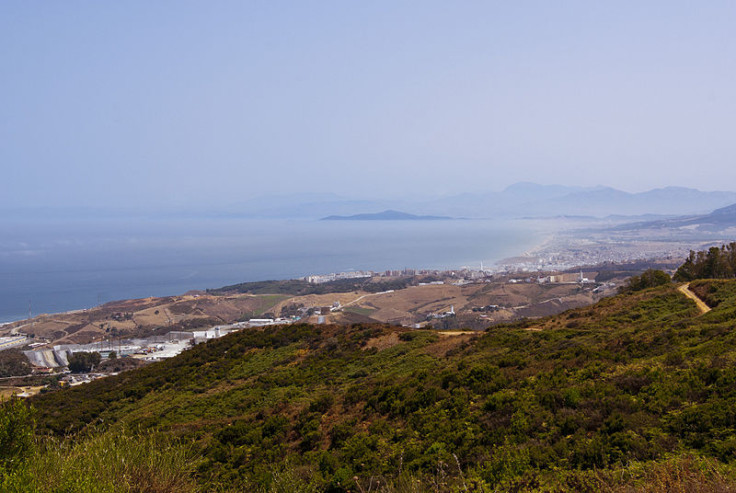Spain: 11 Immigrants Drown After Border Police Fire Bullets

Spanish border police fired rubber bullets in an attempt to deter 200 migrants who tried to cross the frontier between Morocco and Spain's north African enclave Ceuta on 6 February, Reuters has reported.
Interior Minister Jorge Fernandez Diaz told a parliamentary commission that rubber bullets had been fired at a distance of at least 25 meters from the migrants while they were in the water.
Fernandez added that the breakwater separating Spanish and Moroccan waters would be lengthened to deter migrants trying to swim to Spanish territory.
At least 11 migrants from the group drowned in the Mediterranean while trying to swim around a man-made breakwater that separates Moroccan and Spanish waters.
The Northern Observatory for Human Rights condemned the shooting, which caused the immigrants to drown. The Observatory described the Spanish guards' act as "inhuman" and "against international conventions on human rights".
According to Moroccan website Alyouam24, the Observatory said that by saying that the immigrants died because they could not swim, the Spanish authorities were attempting to hide the real cause of death. After inspecting the corpses of the dead immigrants, the Observatory affirmed that the victims were shot using rubber bullets.
Spanish police posted video footage online of migrants throwing stones at the border fence. The footage did not show the moment when the migrants went into the sea to start trying to swim around to Spanish land, Reuters said.
Hundreds protested in central Madrid on Wednesday against the treatment of illegal migrants in Spain, bearing placards reading slogans such as: "Ceuta: the shame of Europe" and "South looted, North closed".
The Ceuta border fence is the main barrier between Morocco and Spain at Ceuta, a city on the North African coast. It was constructed by Spain in 1993 to stop illegal immigration and smuggling.
On 29 September 2005, the border-fence was assaulted by hundreds of migrants, drawing international attention.
Dr. Valeriano Hoyos, head of the local Centro de Estancia Temporal de Inmigrantes (C.E.T.I.) said in 2009: "After the December 2007 peak, when the usual migratory flow from the Sub-Sahara and Maghreb area was supplemented by Asians under the control of human smugglers, the situation has improved. Thanks to a rigorous purge of the Guardia Civil, colluded with the racquet, and a better collaboration with Moroccan authorities, today there are not more than three or four clandestine entries per week."
© Copyright IBTimes 2025. All rights reserved.






















